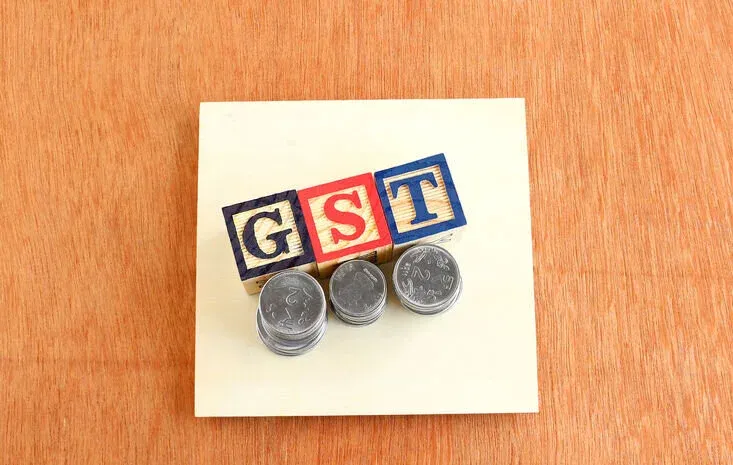Personal Finance News
Not everything is cheaper under the new GST system: Items that will cost more from September 22
3 min read | Updated on September 04, 2025, 11:32 IST
SUMMARY
The tax on coal, lignite and peat has been raised to 18% from 5%. But this does not mean industries will pay more. Earlier, coal had a 5% GST plus a compensation cess. Now, that cess has been merged into the GST rate. So the overall tax remains the same, and there is no extra burden.

Any petrol or diesel car above the set limits - more than 1,500 cc engine, longer than 4 metres, and higher ground clearance will now attract 40% GST.
The Goods and Services Tax system is going through its biggest change since 2017. In its 56th meeting, the GST Council decided to merge the four existing tax slabs into two- 5% and 18%.
While most items will become cheaper, a special 40% slab has been created for luxury and sin goods. These new rates will apply from September 22, the first day of Navratri.
Here is a breakdown of what will get costlier.
What will get costlier?
Not everything is getting cheaper under the new GST system.
Big cars and luxury vehicles will face higher taxes. Any petrol or diesel car above the set limits - more than 1,500 cc engine, longer than 4 metres, and higher ground clearance will now attract 40% GST. This also covers SUVs, MUVs, MPVs and cross-over vehicles. Motorcycles above 350 cc, racing cars, yachts and personal-use aircraft are included in this slab too.
Tobacco and related products, including pan masala, gutkha, cigarettes, chewing tobacco, zarda, unmanufactured tobacco and bidi, fall under the sin product category to be taxed at at 40% rate. However, they will remain under the current tax system of 28% GST plus compensation cess until a later date.
The tax on coal, lignite and peat has been raised to 18% from 5%. But this does not mean industries will pay more. Earlier, coal had a 5% GST plus a compensation cess. Now, that cess has been merged into the GST rate. So the overall tax remains the same, and there is no extra burden.
What will cost less?
From September 22, most of the items people use every single day at home will become lighter on the pocket. Personal care products like hair oil, shampoo, toothpaste, toilet soaps, toothbrushes and shaving cream will now be taxed at 5% instead of 18%.
Kitchen staples are also getting cheaper. Butter, ghee, cheese and other dairy spreads will now attract only 5% tax, compared to 12% earlier. Even popular snacks such as pre-packaged namkeens, bhujia and mixtures will move down to the same 5% slab.
Household items are included too. Utensils that were earlier charged 12% GST will now carry just 5%. Products for babies, such as feeding bottles, napkins and clinical diapers, will also be cheaper. Even sewing machines and their parts are shifting to the lower tax bracket, making everyday household spending easier.
Healthcare costs are also likely to come down. From September 22, all individual health and life insurance policies will become completely tax-free, compared to the 18% GST charged earlier. This will make premiums more affordable for families.
Common medical needs will also see relief. Thermometers, which were taxed at 18%, will now carry just 5%. Essential items like medical-grade oxygen, diagnostic kits, reagents, glucometers and test strips, all of which were earlier charged at 12%, will now also fall under the 5% bracket. Even corrective spectacles will become cheaper as their tax rate drops from 12% to 5%.
By signing up you agree to Upstox’s Terms & Conditions
About The Author
Next Story

